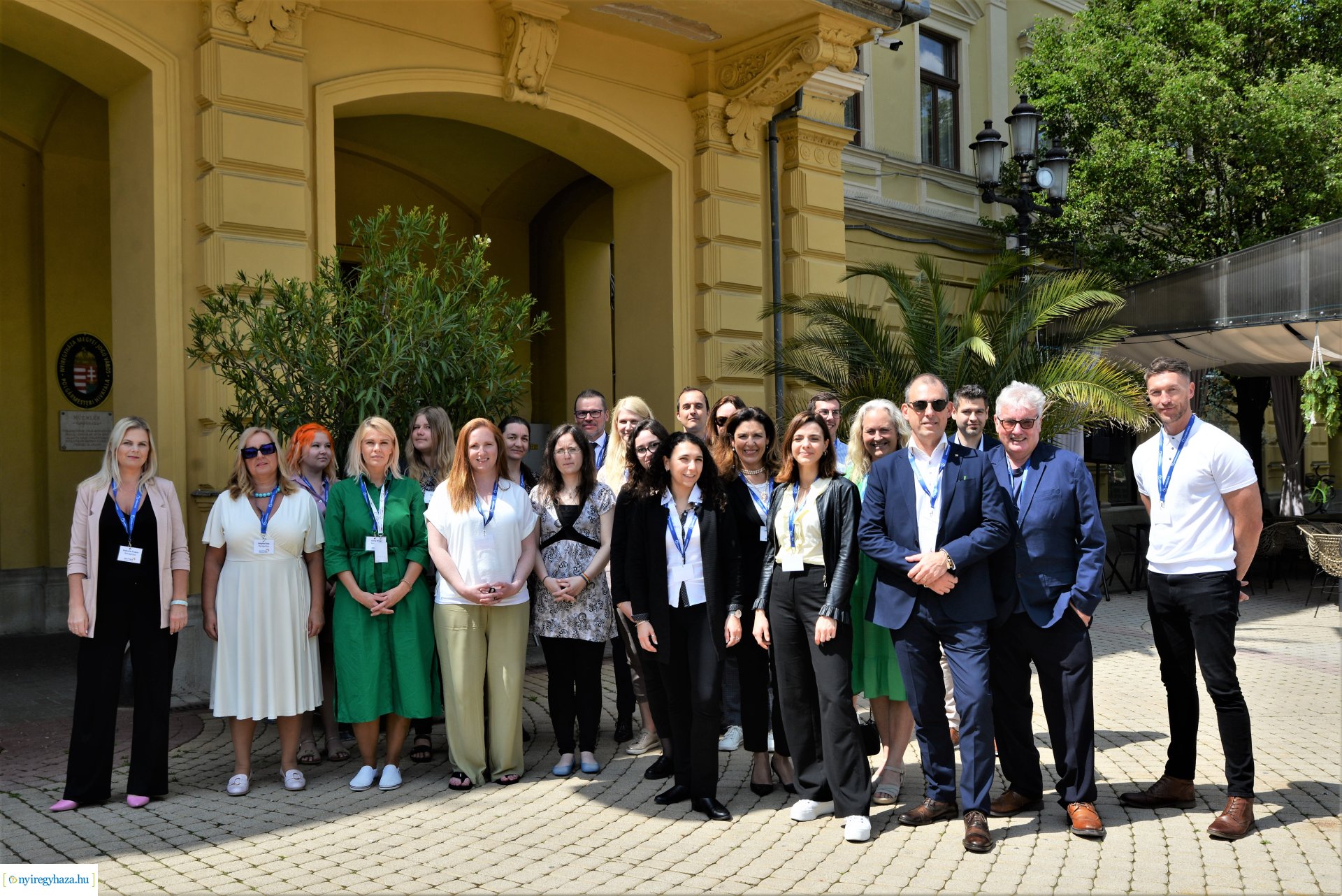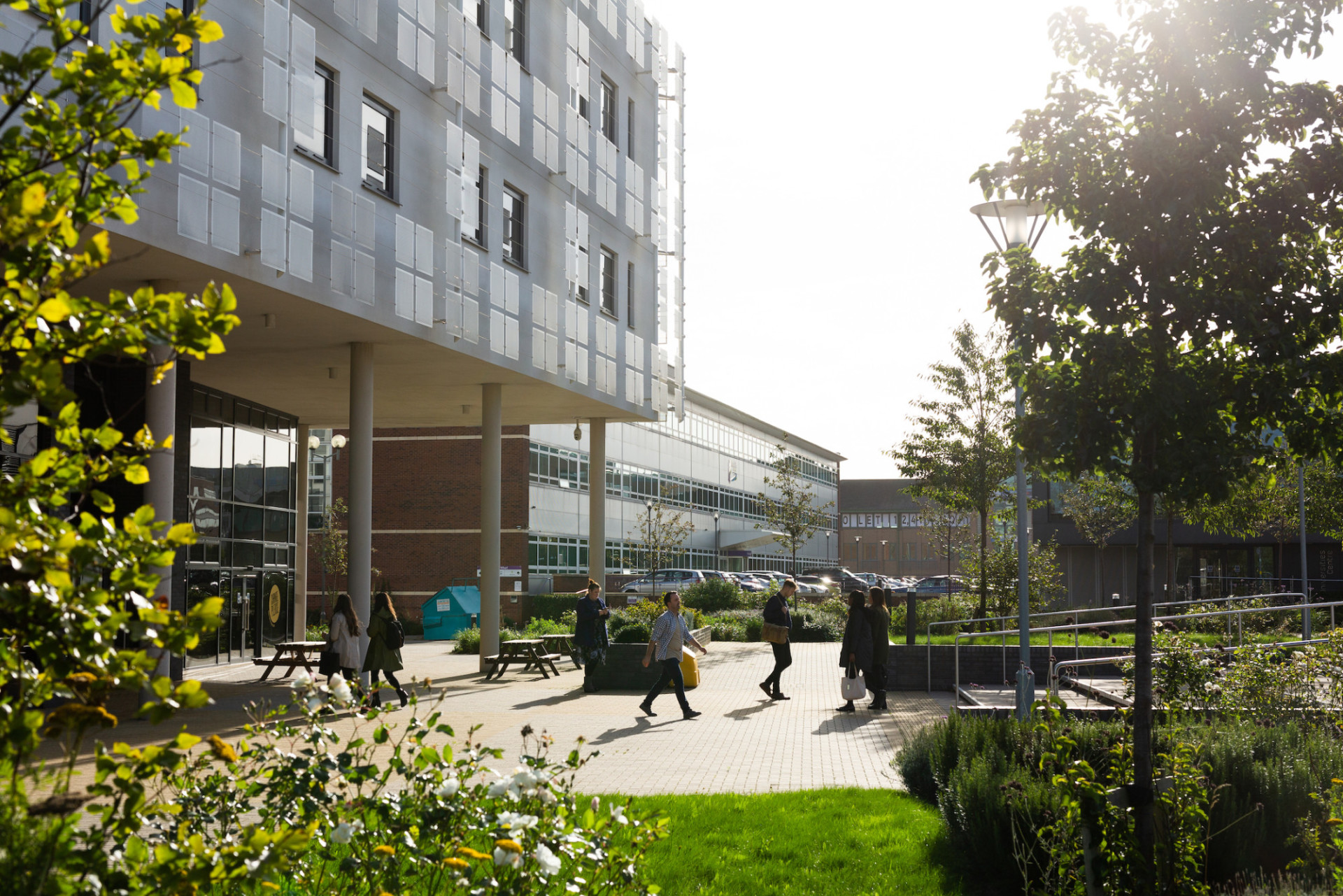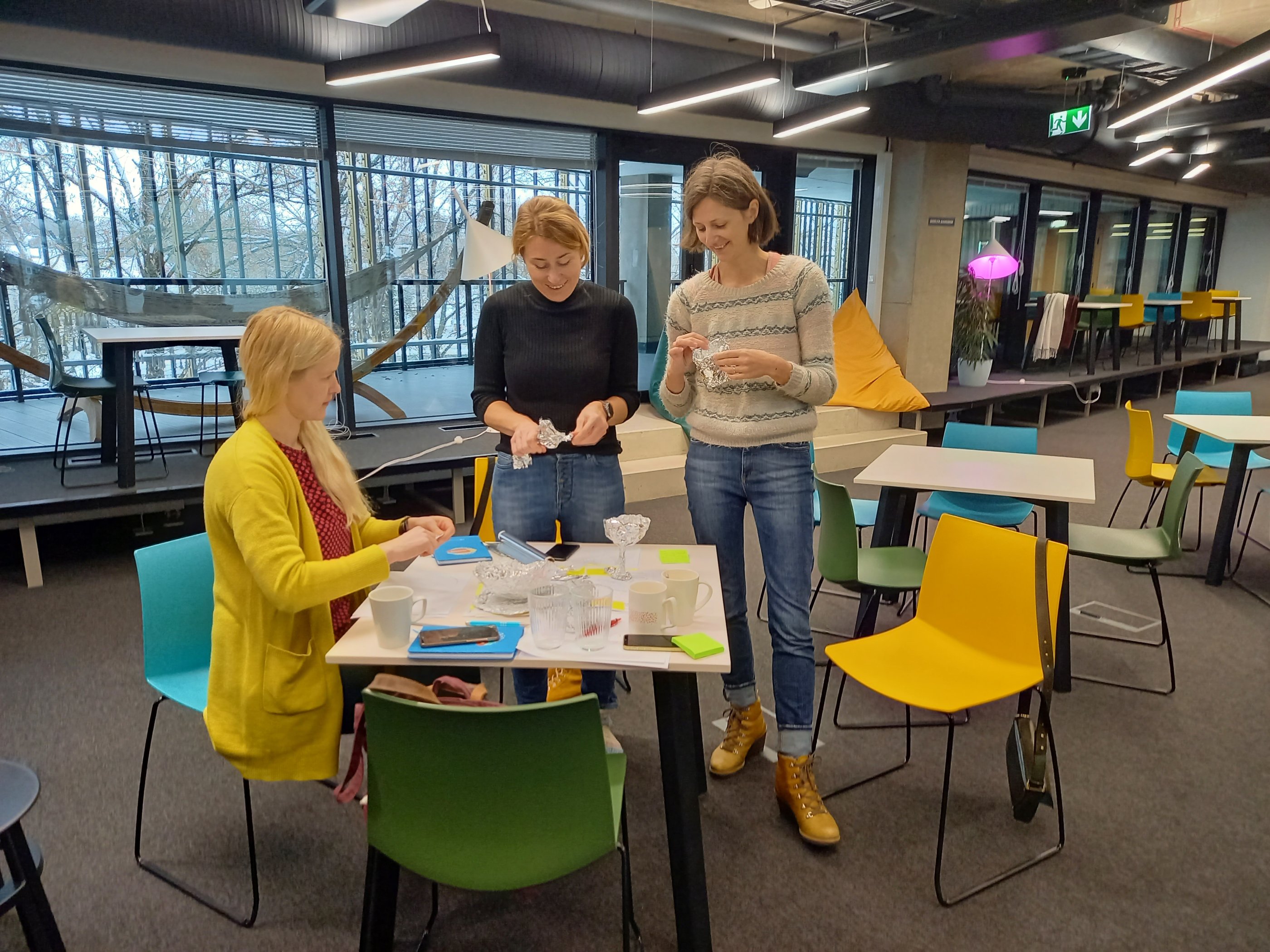
Farewell to BETTER
Celebrating the success of BETTER!
BETTER helps Public Authorities to stimulate regional innovation chains using eGovernment solutions.
BETTER offers an innovative approach to a crucial priority for the EU: encourage Public Authorities to develop Regional Innovation Strategies in which eGovernment solutions can stimulate Regional Innovation chains (as well as improving their services).
Key issues are:
The people and skills to make it happen BETTER will link e-Government with the “innovation chain” to create a win-win initiative. On one hand, municipalities and regions need to improve public services, while cutting costs: e-Government is one way to do this. On the other hand, adopting e-Government solutions could be used in turn to stimulate the local or regional innovation chain: for example the design, supply and maintenance of specialist services such as Artificial Intelligence.
The project’s objective is to stimulate regional innovation chains through developing or improving e-Government services provided by local and regional authorities.
Five partners will:
- new projects to deliver Digital services and processes
- improved governance by delivering innovative payment systems, integrating local initiatives with smart regional strategy, and evaluating Artificial Intelligence tools
€1,285,000.00
Research and innovation
MAIN FEATURES
The OP-ERDF 2014-2020 of Liguria Region, in particular TO 1"Research and innovation", in line with the overall regional innovation strategy, focuses on enhancing the research and innovation system as a driver of regional development and territorial competitiveness. The priority 1a: "enhancing research and innovation (R&I) infrastructure and capacities to develop R&I excellence and promoting centres of competence, in particular those of European interest" has the objective of enhancing the ability to develop excellence in R&I.
Furthermore, the Ligurian Operational Programme contains, in TO 2, the priority 2c that is completely dedicated to strengthening the application of ICT for e-government services.
IT SHOULD BE IMPROVED because of the following weaknesses:
- limited diffusion of the technologies in the processes of document dematerialization both inside the institutions and towards external users
- not always adequate accessibility of Web sites and the relative diffusion of telematic services
- not yet widespread and exploited regional eGovernment with interoperability by users (citizens, businesses, intermediaries), simplification for citizens and enterprises: dematerialized, integrated and interoperable digital services, improved access to public data (Open data).
- cashless payments, paperless procedures, e-invoicing, e-vote, cloud-computing infrastructures etc.
- absence Artificial Intelligence applied to e-government solutions.
The UK Government has decided that the ERDF in England will be delivered by the network of Local Enterprise Partnerships (LEP). In accordance with this, the Greater Birmingham and Solihull LEP (GBSLEP) have adopted the “European Investment Fund Strategy” which combines a range of funds (including ERDF) into an integrated programme. For BETTER this includes Investment Priority 1 of ERDF Priority Axis 1(b): Thematic Objective T01 Strengthening Research, Technological Development & Innovation. This is focused on developing the innovation ecosystem to promote greater investment in product and service development, technology transfer, social innovation, demand stimulation, networking and new public service applications. Particularly it aims to aid innovation of key enabling technologies like AI and Big Data(Eight Great Technologies as set out in ‘Smart Specialisation in England”) that are transforming business models and have the potential to improve people’s lives and support global productivity and growth. To achieve public sector reform and societal impact at scale requires greater cooperation and collaboration as part of a regional innovation ecosystem to stimulate new partnerships across the private and public sector and new interventions and strategies to support development of new products and services that will solve societal challenges, enhance the digital capabilities of public authorities and business and drive jobs and growth.
Main Features:
The Thematic objective 1 of the Operational Programme ERDF 2014-2023 of North Middle Sweden aims to “strengthen research, technical development and innovation”.
Furthermore TO2 “Enhancing access to, and use and quality of, information and communication technologies” has the objective of extending broadband coverage and developing ICT products and services.
Why it should be improved:
The analysis shows that there are needs for deeper cluster collaboration in existing clusters and in new areas to contribute to a raised level of innovation.
A low R&D intensity has been identified as a weakness.
Furthermore Broadband investments in the region’s sparsely populated and rural areas have been identified as priority intervention needs (A good broadband infrastructure is very important in order to develop both public and commercial services).
North Middle Sweden is characterised by long distances and large parts of the region are sparsely populated. This means that there are no incentives for commercial roll-out of broadband in parts of the region. The proportion of population and places of work that have high-speed broadband access is lower in North Middle Sweden than the country as a whole, which reduces access to and development of ICT-based services.
Various forms of e-services, such e-commerce, e-learning and e-health, can also improve life quality and reduce the need for travel and transport.
MAIN FEATURES.
The Development Plan of Tartu 2018-2025 includes the priority 3 “City of inspiring urban environment” that will be the focus the policy instrument. It contains several objectives and the current project would mainly focus on the objective of designing an inspiring urban environment.
This action includes the implementation of new digital solutions that would enable better service for citizens and higher satisfaction of public servants.
REASONS TO BE IMPROVED
The digital agenda has been important for several years which means that Tartu has already achieved quite a good level. However, this indicates that it is not a trivial task to design a plan for the future and find smart ways how the city government could use the help of citizens, local companies and research institutions to develop or even redesign public services offered by the (local) government. Therefore it is vital to:
- Defining a more systematic roadmap and mechanisms for the city government to enable and boost a desired change in the future.
- target concrete smart specialisation sectors selected on a national level, e.g. ICT, AI tools and digital platforms.
- learn from others and improve the strategic approach. The main goal is to increase the region's economic growth and provide jobs by supporting a shift towards high technology sectors.
MAIN FEATURES
The city’s Urban Development Concept defines Nyíregyháza’s long-term vision for its social and economic environment, while the IUDS outlines the objectives to be achieved in the medium-term (4 to 10 years), the interventions and the implementation process.
As a county capital, Nyíregyháza is the center of several public services, therefore, an emphasis was put on the development of citizen-friendly and efficient e-administration services, in the framework of the 4th Thematic Objective of the strategy (High quality human services).
WHY IT SHOULD BE IMPROVED
There are no statistics at local level about e-governance but the Digital Economy and Society Index (DESI) shows that a significant number of citizens still only use basic online services, rather than advanced ICT solutions: Hungary has the second largest proportion of internet users on social networks in Europe (84%), but the fifth lowest on e-governance platforms (49%) – these numbers are unlikely to be higher in Nyíregyháza. Cognitive and motivational reasons are dominant: lack of trust in electronic procedures and the government in general, disinterest in new technologies, etc. Hungary – and the county, as the most disadvantaged region – also lags behind in the level of innovations, e.g. the development of new generation networks, more complex IT applications supporting business processes and cloud services.

Celebrating the success of BETTER!

How Gävle (SE) creates the foundations for a quadruple helix model-based innovation process to increase the output of innovative solutions

How Genoa (IT) uses technology to build a bridge between the digital and physical worlds, providing unique interactive experiences

The final events of a 4-year journey.

Taking place in Nyíregyháza, on 23 May 2023.

How Birmingham (UK) was inspired by the award-winning Digital Renewal Programme of Gävle, utilizing open innovation and design-led thinking

How Tartu (EE) is raising its human resource capacity to identify urban
challenges, find solutions and manage innovation projects

How Nyíregyháza (Hungary) managed to get inspired by Tartu (Estonia) through “accidentally” using a good practice from Birmingham (United Kingdom)

BETTER's aims, partners, methods in a short video. Enjoy! :)

Out now.